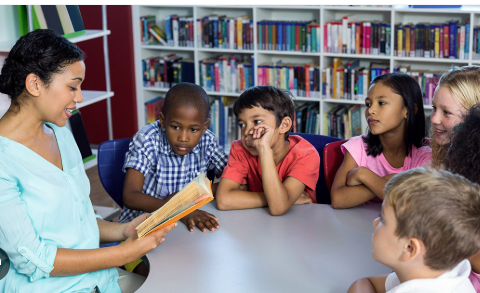Visual storytelling is an exciting and impactful way for high school students to communicate ideas, emotions, and messages through imagery. As part of modern education, this creative approach combines photography, video, illustration, and design to help students bring stories to life. High school programs that include visual storytelling give learners the tools to express themselves while developing critical thinking and communication skills.
In media and arts courses, students often explore digital photography and video production. These classes teach them how to capture moments, plan scenes, and use editing software to craft compelling narratives. Through projects like short films, photo essays, or animated stories, students learn how visual elements can convey themes and spark emotional connections.
Some schools incorporate storytelling into subjects beyond the arts. In science or history classes, students may create documentaries or infographics to explain research findings or illustrate historical events. This interdisciplinary approach enhances understanding and allows students to present complex information in engaging ways.
Graphic design and animation electives also provide opportunities for visual storytelling. Using tools such as illustration tablets and software, students design storyboards, comics, or motion graphics that reflect their creativity and vision. These projects encourage collaboration, as students often work in teams to plan and refine their ideas.
Visual storytelling helps build confidence in students by allowing them to share their perspectives and voice. It also fosters digital literacy, a valuable skill in today’s media-rich world. Whether telling a personal story or raising awareness about a social topic, students gain experience in constructing narratives that resonate with audiences.
High school programs that support visual storytelling nurture both artistic talent and academic growth. By encouraging expression through images and multimedia, schools empower students to connect with others and communicate more effectively. These experiences can inspire future careers in media, communication, education, or the arts, while also enriching students’ high school journey.













